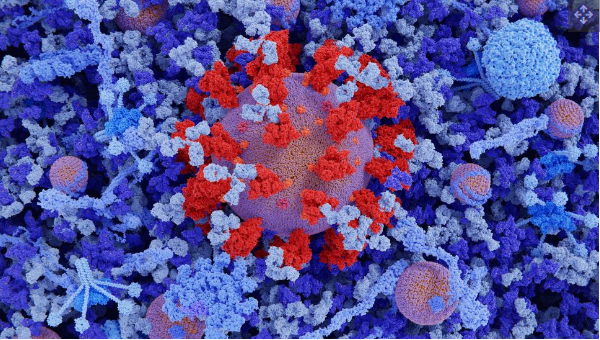In late December 2019, the Wuhan Municipal Health Commission reported cases of an unidentified viral pneumonia, which, along with other reports, alerted the World Health Organization (WHO) to a potential new health threat that was identified as a coronavirus in January 2020 and was later named SARS-CoV-2.
But it has become clear that the virus emerged before late December 2019, possibly even months before. A joint WHO study by Chinese and international researchers identified 174 SARS-CoV-2 infections throughout December, with the earliest going back to Dec. 8. Though most researchers think the virus originated sometime during the fall or winter of 2019, an exact time is hard to pinpoint without more data. Finding out when SARS-CoV-2 began spreading among people could help prevent or address future epidemics and pandemics by providing insight into the kind of disease surveillance that would have been necessary to prevent this one, experts say.
By the time the virus was identified, it had already spread significantly and was harder to contain, said Sergei Pond, a professor of biology at Temple University in Philadelphia. “You don’t want to wait eight weeks until you have a cluster of cases with unusual pneumonia,” Pond said. “You kind of want to have a surveillance system where you pick it up very early.”






